Depot District Signs
Depot District Signs
City of Lawrenceville Entertainment District
City of Lawrenceville Entertainment District
Identity
The signs identify arrival into the newly formed entertainment district.
A consistent brand voice
On the outside, a brand may seem like it consists only of elements such as logos and colors, but a brand is actually the entire identity of a business. The City wished to continue its branding by further defining the newly formed Entertainment District within walking distance of the Historic Square.
CONSTRUCTION COST
$522,373.00
COMPLETTION DATE
March 2023

Limiting traffic
The downtown Square has become a popular dining location with numerous on street seating options. While vehicular traffic is important to business visability, the buzzing of large trucks while enjoying a good meal can be disorienting. The signs are designed to limit large truck traffic.
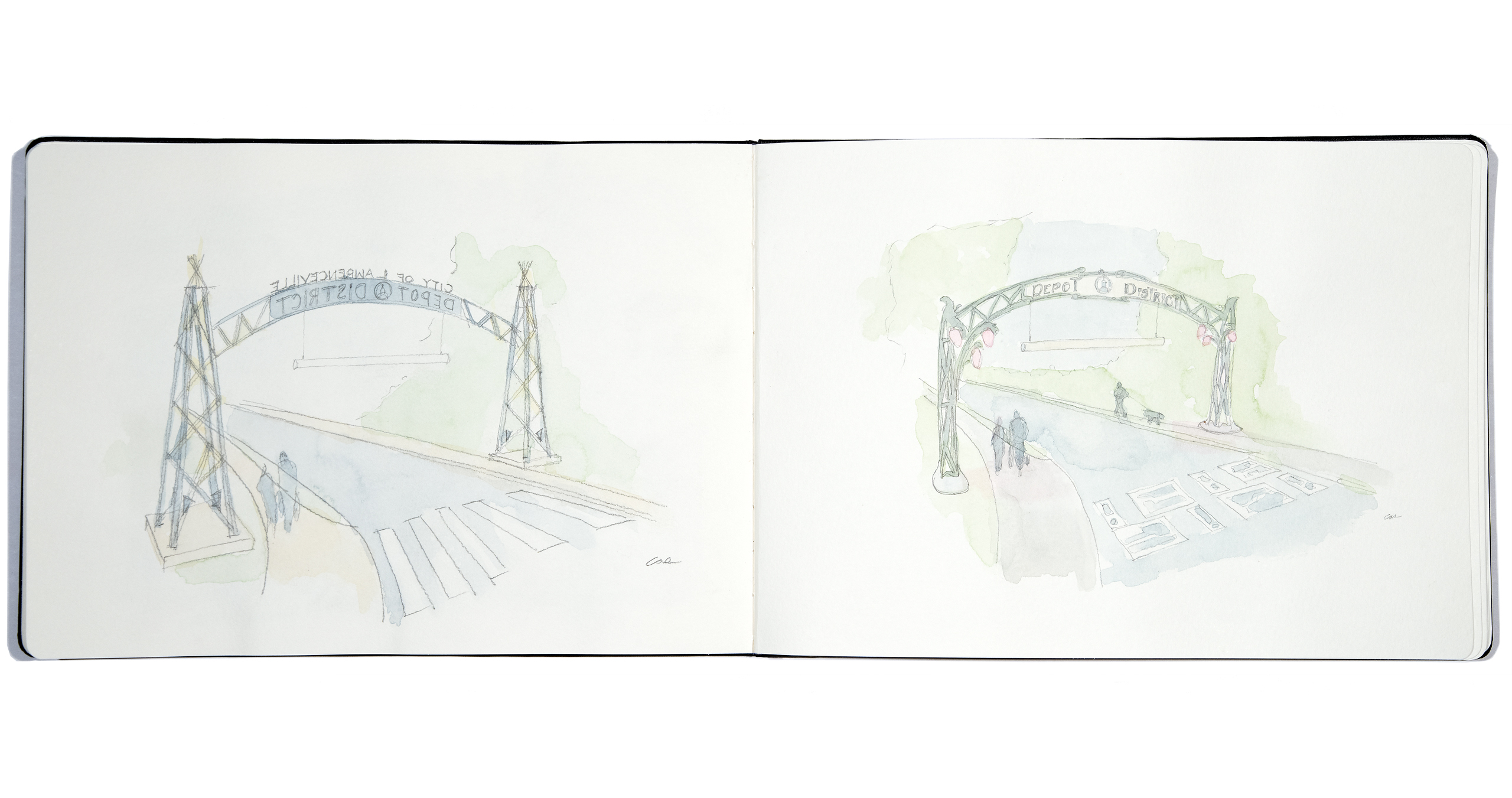
“Chad’s commitment to local history, engaging civic spaces, and creative design has provided the City of Lawrenceville ground work for a one of its kind project that the community will be proud of”
Chuck Warbington, PE
City Manager
City of Lawrenceville


Defining Beauty
The design of the signs is dictated by the proportions of the human figure, specifically the Golden Section. These geometries of the body informed architectural decisions and in turn unify the visual construction, provide a sense of order, and heighten a sense of continuity.
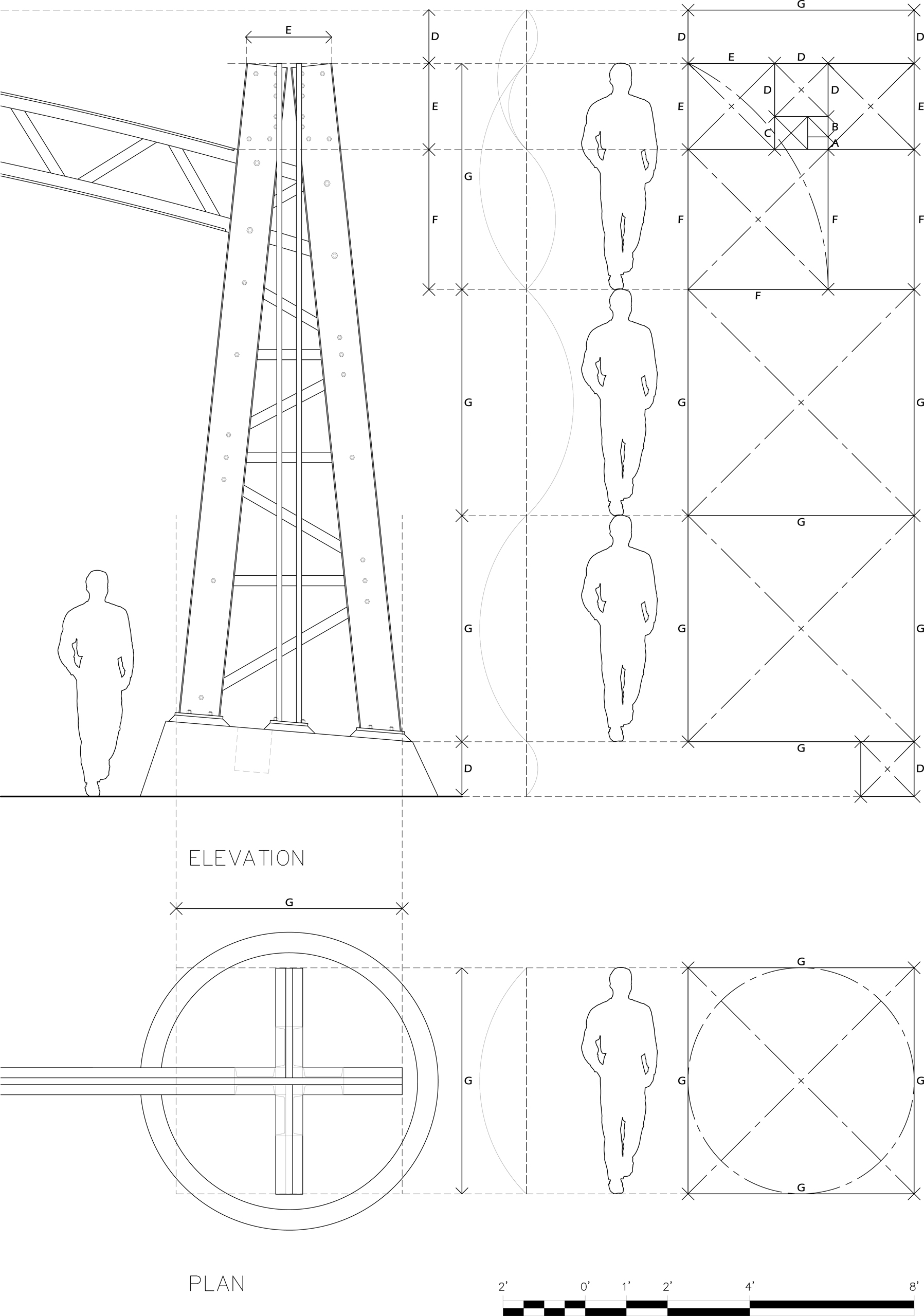
History of proportion
A long tradition of artists, scholars and architect’s from Vitruvius, Leonardo da Vinci and Le Corbusier have attempted to discover mathematical proportions in the human body and use that knowledge to improve both the appearance and function of architecture.
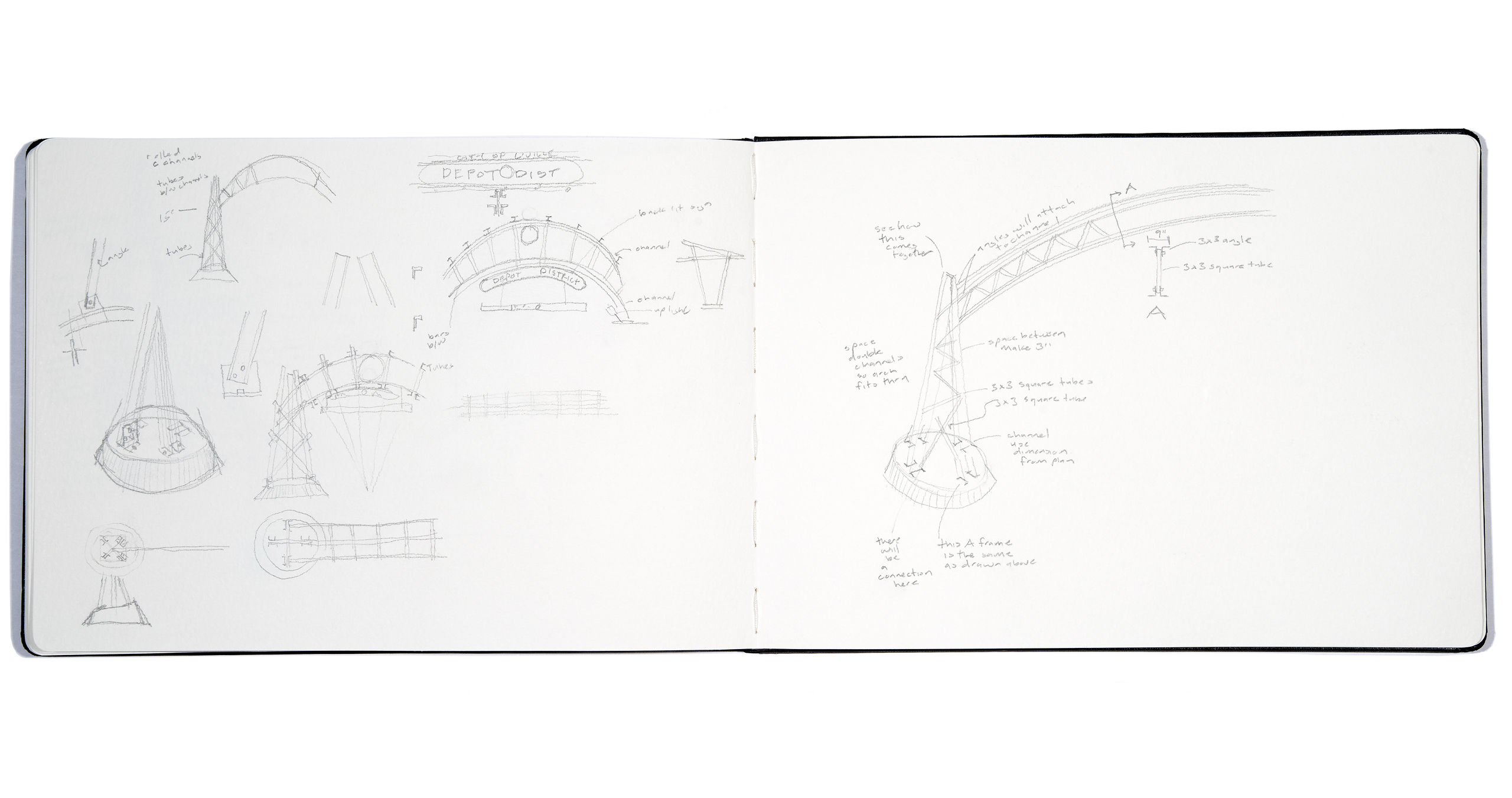
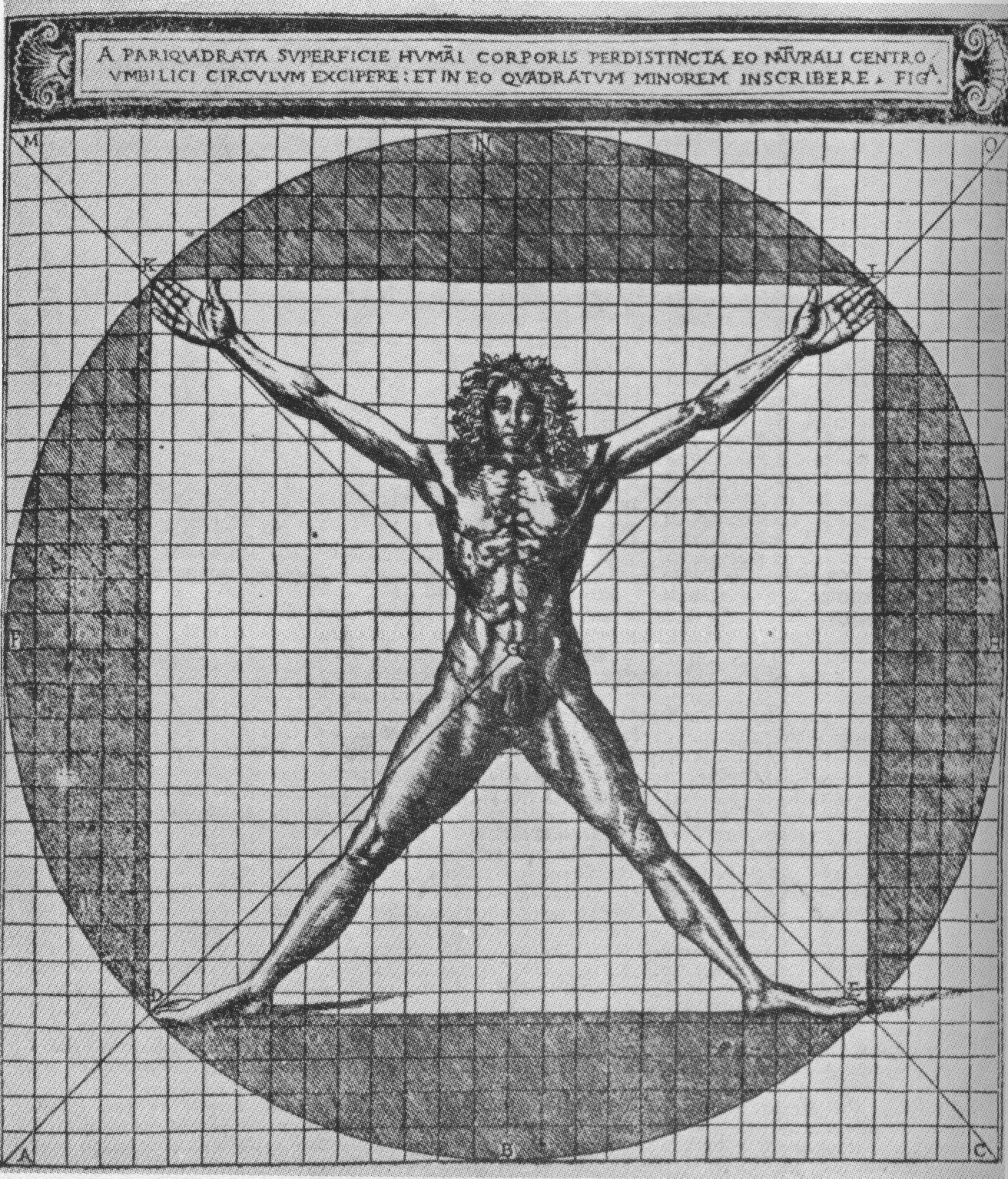
The Ten Books on Architecture / Vitruvius (80-70 BC - 15 BC)
This work is the only surviving major book on architecture from classical antiquity. According to Petri Liukkonen, this text "influenced deeply from the Early Renaissance onwards artists, thinkers, and architects, among them Leon Battista Alberti (1404–1472), Leonardo da Vinci (1452–1519), and Michelangelo (1475–1564)."[16] The next major book on architecture, Alberti's reformulation of Ten Books, was not written until 1452. In Book III, Chapter 1, Paragraph 3, Vitruvius writes about the proportions of man: “Just so the parts of Temples should correspond with each other, and with the whole. The navel is naturally placed in the centre of the human body, and, if in a man lying with his face upward, and his hands and feet extended, from his navel as the centre, a circle be described, it will touch his fingers and toes. It is not alone by a circle, that the human body is thus circumscribed, as may be seen by placing it within a square. For measuring from the feet to the crown of the head, and then across the arms fully extended, we find the latter measure equal to the former; so that lines at right angles to each other, enclosing the figure, will form a square.”
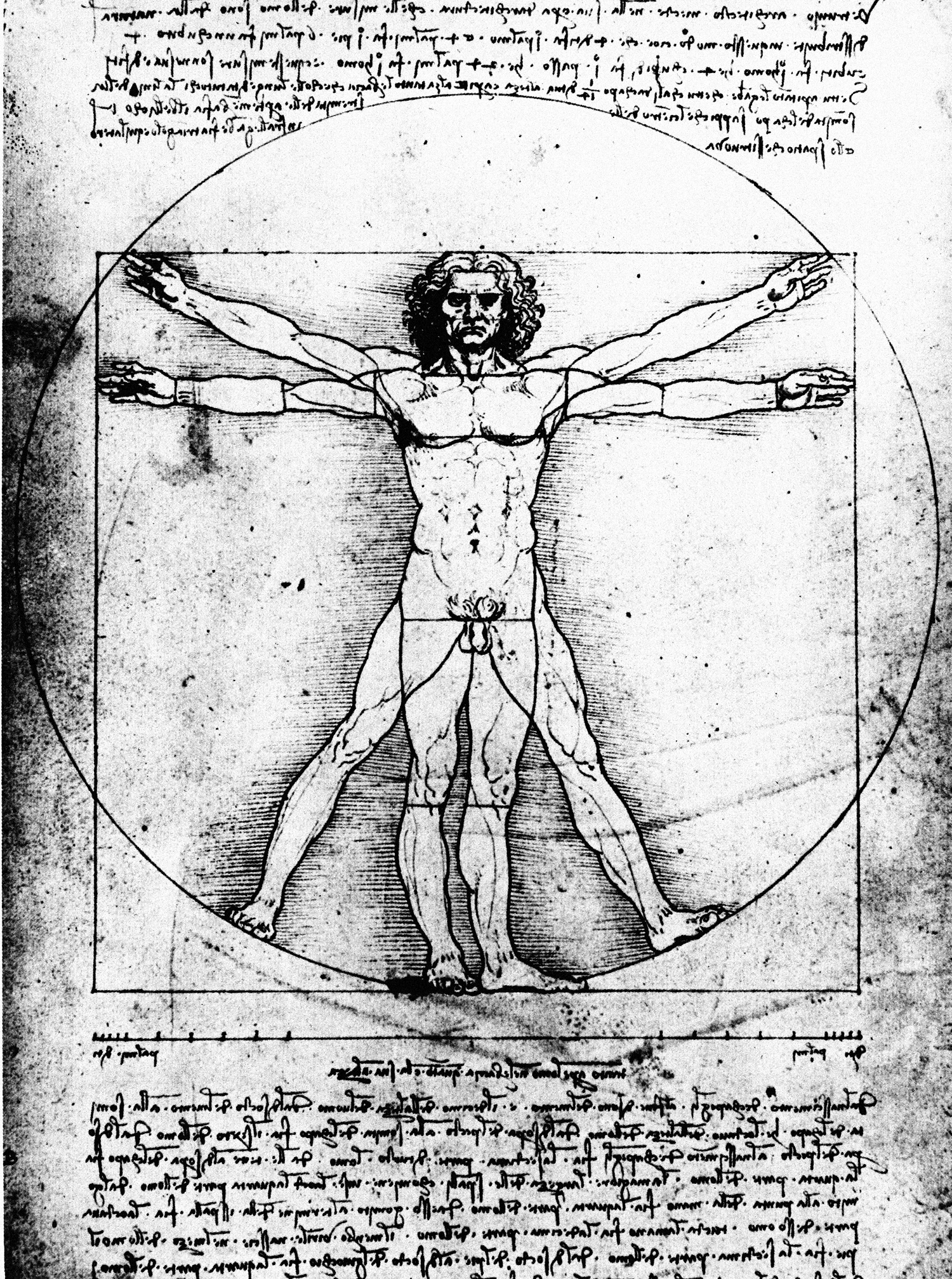
Vitruvian Man / Leonardo daVinci (c1490)
The Vitruvian Man is a drawing by the Italian Renaissance artist and scientist Leonardo da Vinci. Inspired by the writings by the ancient Roman architect Vitruvius, the drawing represents Leonardo's conception of ideal body proportions, originally derived from Vitruvius but influenced by his own measurements, the drawings of his contemporaries, and the De pictura treatise by Leon Battista Alberti.
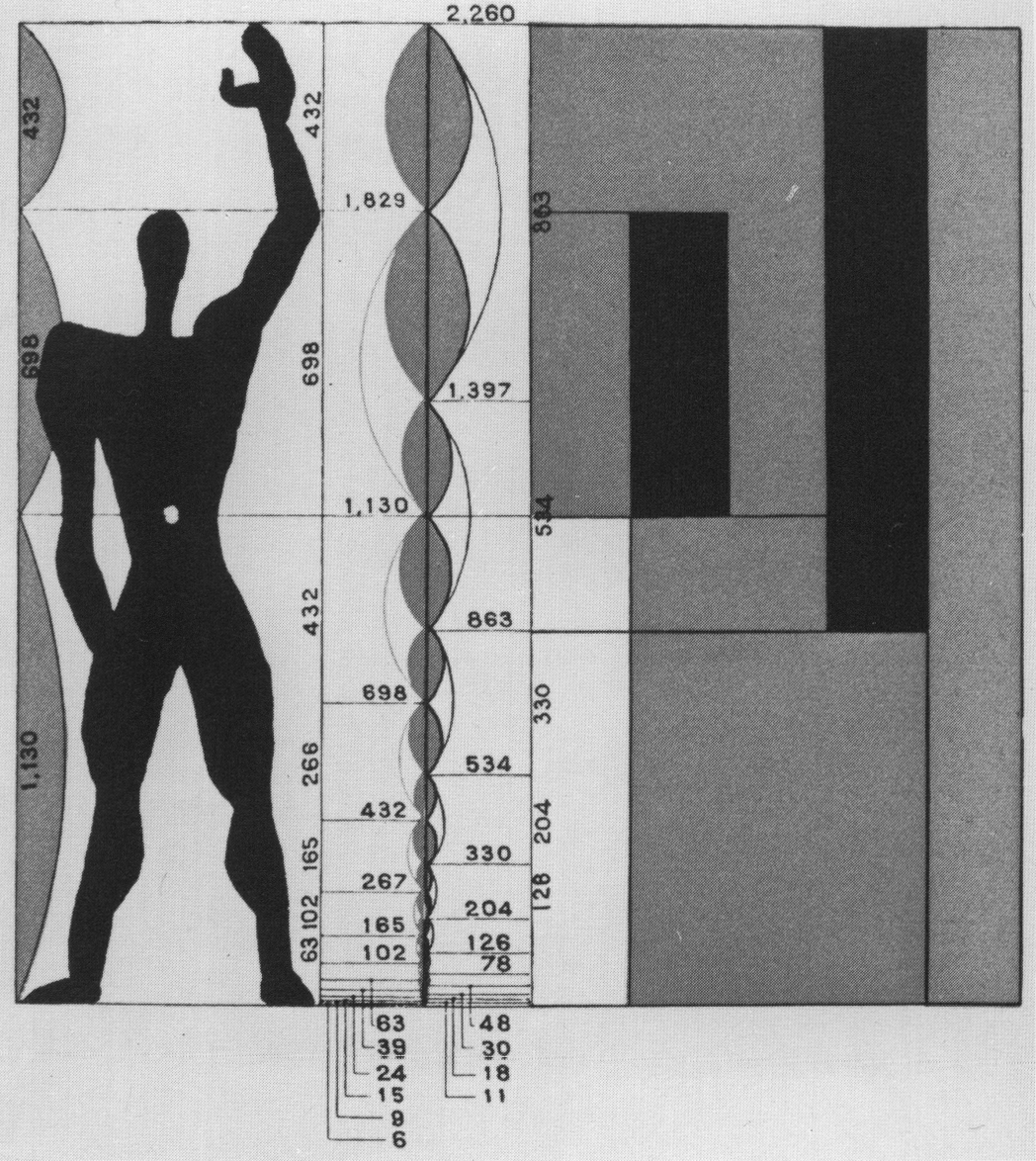
Modulor, / LeCorbusier (1948, 1955)
The Modulor is an anthropometric scale of proportions devised by the Swiss-born French architect Le Corbusier. Le Corbusier developed the Modulor in the long tradition of Vitruvius, Leonardo da Vinci's Vitruvian Man, the work of Leon Battista Alberti, and other attempts to discover mathematical proportions in the human body and then to use that knowledge to improve both the appearance and function of architecture.
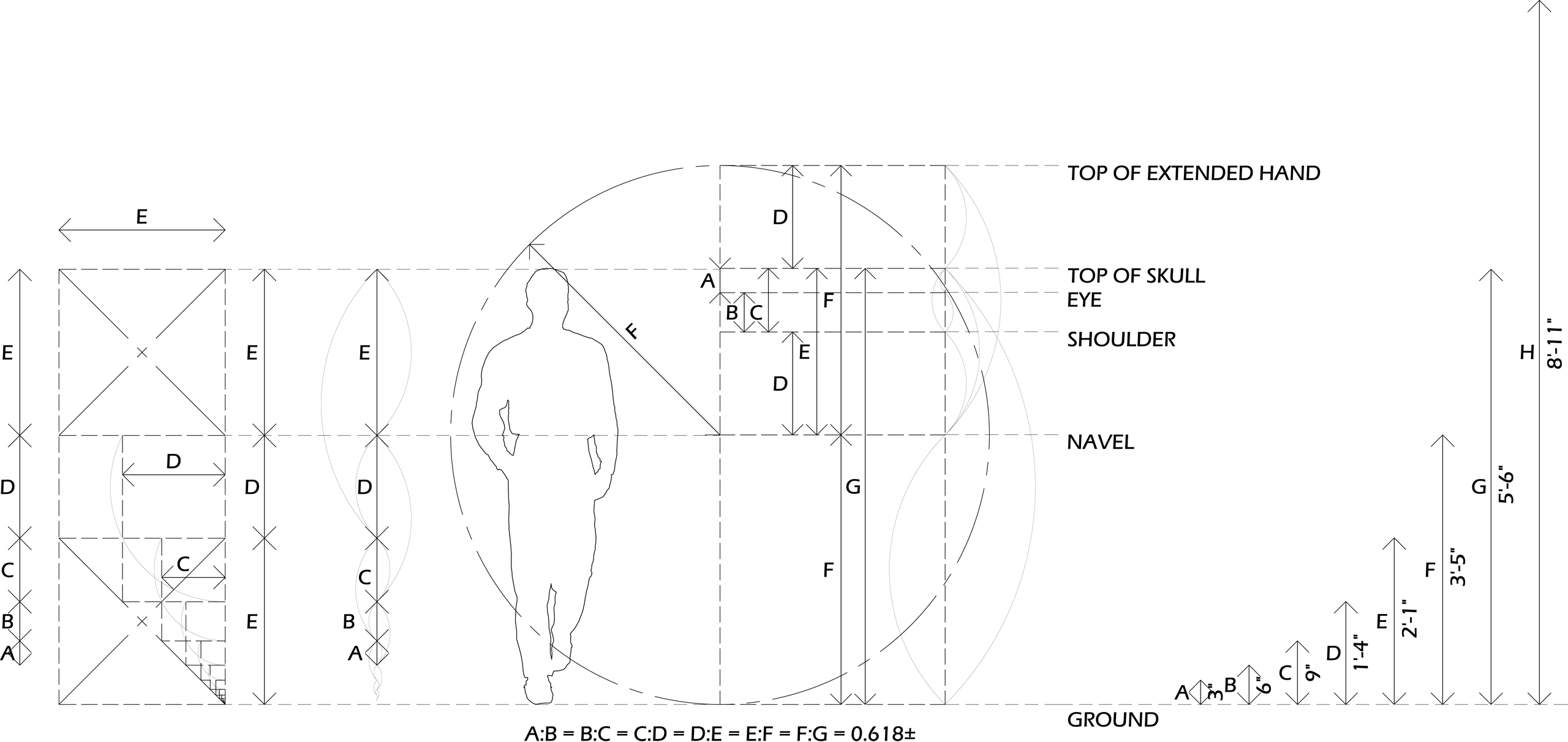
Golden Section
As part of our own research and work, we developed a system based on the golden section and the proportions of the human body. We use this system to make design decisions. The golden section is defined geometrically as a line that is divided such that the lesser proportion is to the greater as the greater is to the whole. It is a relationship that has been in use ever since the days of antiquity. The Greeks recognized the dominating role the Golden Section played in the proportioning of the human body. Believing that both man and his temples should belong to a higher universal order, these same proportions were reflected in their temple structures.

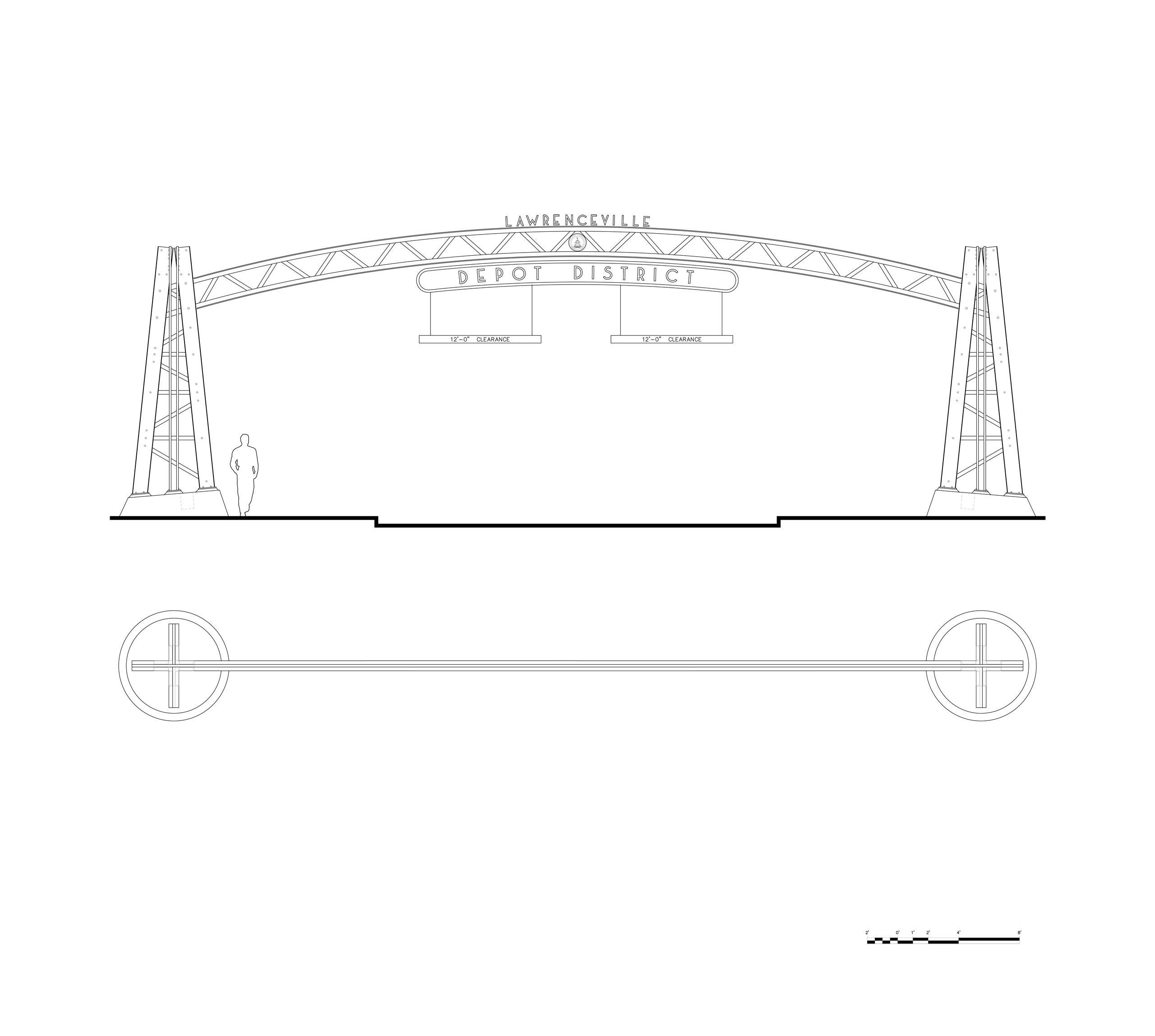
Let’s collaborate
Have a design need?
We’d love to see how we can help.

